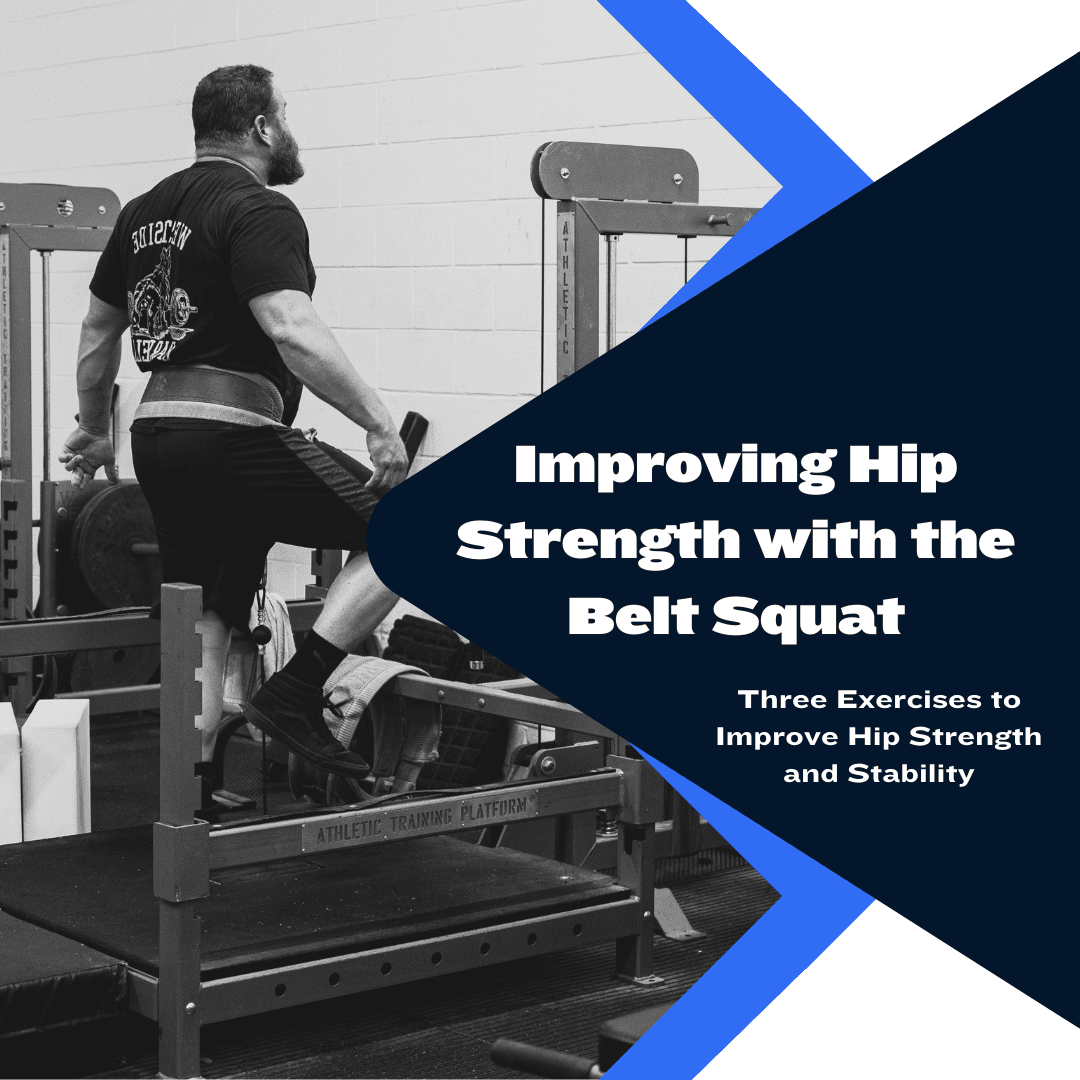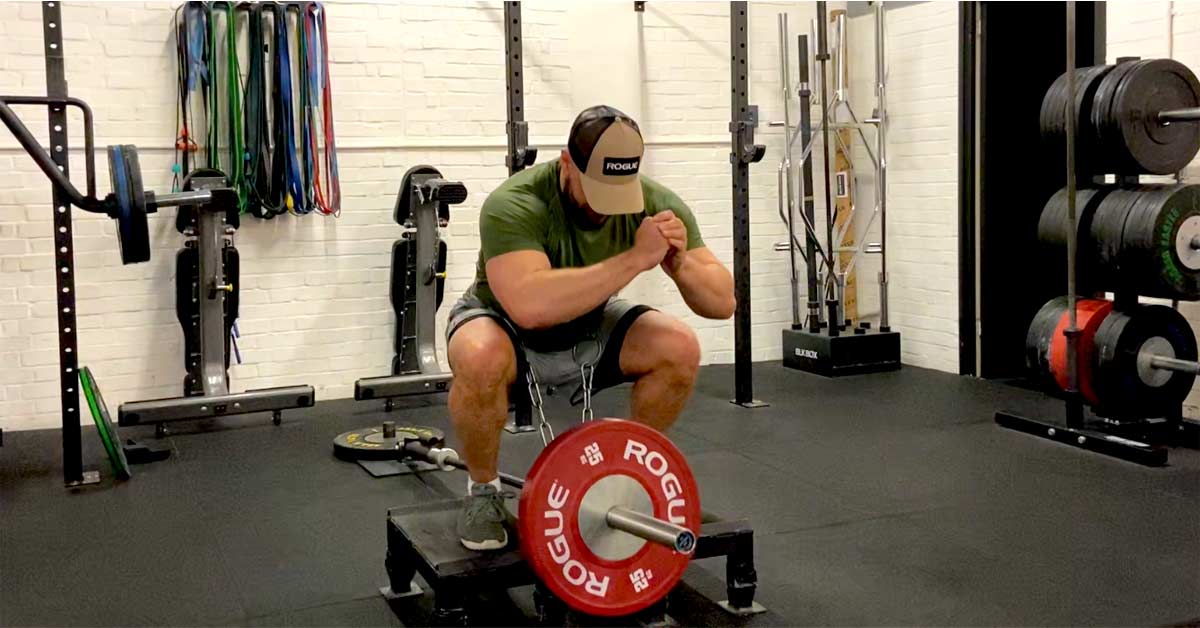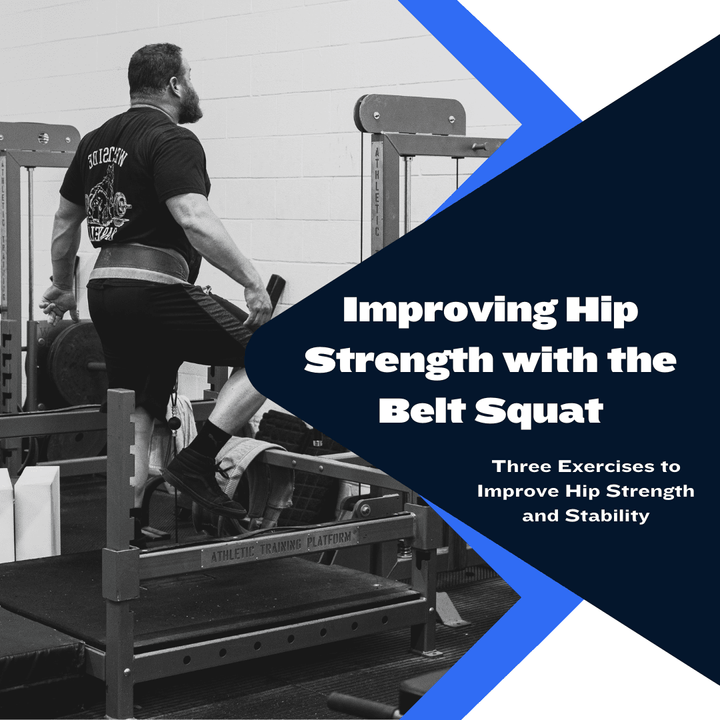A squat belt, often termed a weightlifting belt, provides support during heavy squats. It helps stabilize the core and reduces spinal stress.
Engaging in strength exercises like squats can put a significant strain on your lower back. To mitigate injury risk and enhance performance, a squat belt wraps snugly around the waist, creating intra-abdominal pressure which supports the spine. This pressures acts much like a brace, allowing you to lift heavier weights with improved safety and stability.
Ensuring proper form and technique is crucial, and incorporating a squat belt can be a game-changer, especially for athletes and fitness enthusiasts pushing their limits. By choosing the right squat belt, you commit to prioritizing your health, safety, and progress in strength training. Whether you’re a competitive powerlifter or a weekend warrior, the squat belt can be a valuable addition to your fitness arsenal, helping to protect your most vital asset—your back.
Squat Belt Essentials
Stepping into the world of weightlifting brings you face-to-face with equipment like squid belts. Strength trainers emphasize the importance of squat belts. They support your back during intense weightlifting sessions. Squat belts enhance performance and reduce injury risks. Let’s explore the essentials of squat belts and understand how they benefit your training regimen.
Purpose Of A Squat Belt
Squat belts serve one main purpose: to protect.
- Provide Support: They stabilize your core during heavy lifting.
- Reduce Pressure: Weight is evenly distributed, lessening spinal stress.
- Enhance Technique: They encourage proper posture, improving form.
- Boost Performance: They can help in maximizing lift efficiency.
Types Of Squat Belts
Choosing the right squat belt is vital for comfort and effectiveness.
| Type | Material | Thickness | Width | Closure |
|---|---|---|---|---|
| Leather | Sturdy Animal Hide | 10mm or 13mm | Uniform or Tapered | Prong or Lever |
| Nylon | Flexible Synthetic | 5mm to 10mm | Tapered | Velcro |
Leather belts are rigid, offering maximum stability. Nylon belts are lighter and more flexible. The best belt depends on your lifting style and comfort preference.

Credit: www.westside-barbell.com
Enhancing Lifting Power
Squat belts are key accessories for any serious lifter. They support your body to lift heavier weights. Your core becomes tight when you use a belt. This gives you the power to squat more. Also, it reduces the risk of injuries. We explore how belts can step up your lifting game below.
Biomechanics Of A Boosted Lift
When you squat with a belt, your body changes. It creates a wall for your abs to push against. Your core holds air and tightens with this pressure. This makes your spine stable. It also lets your legs and glutes push harder. This makes for a stronger lift.
- Tighter core: The belt creates pressure that the abs resist.
- Stable spine: The pressure helps keep your back straight.
- More power: With a stable core, your legs can lift extra weight.
Comparing Belted And Non-belted Lifts
Belted and non-belted squats can feel different. A study shows belted lifts improve power. Here’s how they compare:
| Aspect | Belted Squat | Non-Belted Squat |
|---|---|---|
| Core Activation | High | Medium |
| Spine Safety | More Secure | Less Secure |
| Max Weight | Increased | Standard |
Using a squat belt allows you to safely push your limits. It stabilizes your core for bigger lifts. In contrast, without a belt, you might lift less and risk more.
Improving Technique
When you squat, a squat belt can be your best friend. It takes your focus and commitment to the next level. Here’s how it helps you shake up your technique to get deeper, stronger squats.
Stability And Posture
Squatting with a belt does wonders for your form. Think of it like a hug around your core, reminding your body how to stay strong and tight. This is key for lifting heavy.
- Keeps your spine aligned: A belt acts like a physical cue, helping you keep your back straight.
- Reduces the risk of injury: By supporting your lower back, a belt can prevent painful mistakes.
- Increases intra-abdominal pressure: Wearing a belt creates pressure that supports your core, almost like an extra set of muscles.
Cue For Proper Form
The right belt serves as more than just support; it’s an instructor strapping you in for every squat. It tells you clearly when you’re off. This feedback is priceless.
- Push against the belt: As you squat, push your abs against the belt. This helps maintain a strong core.
- Feel the tightness: The sensation of tightness around your waist guides you to stabilize your midsection throughout the lift.
With a squat belt, you’re never alone in the quest for impeccable form and technique. It’s a commitment piece for your gym kit that keeps on giving!

Credit: barbend.com
Safety In The Squat Rack
Safety is a priority when squatting. This powerful move can build strength and muscle. Yet, without proper gear, it might hurt you. A squat belt is your fitness ally here. It helps maintain form and protect your body during this intense exercise.
Preventing Injuries
Squat belts wrap your midsection snugly. They act like a second set of muscles, keeping everything tight. This tightness is key for preventing injuries.
- It stabilizes your core, so you don’t wobble.
- It reduces the risk of hernias.
- It ensures better knee and hip alignment.
Support For The Lower Back
Your lower back is crucial in squats. It can take a hit if your form is off. A squat belt gives it the support it needs.
Think of a squat belt as a brace for your spine. It prevents your lower back from curving too much.
| Without Belt | With Belt |
|---|---|
| Risk of lumbar injuries | Reduced back stress |
| Possible muscle strains | Improved lifting posture |
Wearing a squat belt doesn’t just help with injury. It boosts your ability to lift heavier without overloading your spine.
When To Use A Squat Belt
Understanding the perfect moment to strap on a squat belt can elevate your gym performance significantly. It’s more than just a gym accessory; it’s a tool that, when used correctly, can improve safety and stability during heavy lifting. Let’s dive into the specifics of using a squat belt during your workout routine.
Identifying The Right Time
Intuition and experience guide lifters to identify the ideal time for a squat belt. The right time often aligns with lifting heavy weights or when you feel that your core could use extra support to maintain proper form.
| Lift Weight | Experience Level | Belt Use? |
|---|---|---|
| Near Max | Advanced | Yes |
| Light to Moderate | Beginner to Intermediate | Situational |
Training Without A Belt
Building a strong core without a belt is crucial for overall development. Consider lifting without a belt during warm-ups and with weights that are less challenging to strengthen core muscles.
- Enhances core strength
- Improves natural stability
- Teaches proper breathing techniques
Yet, when pushing through challenging sets or reaching new personal records, having that extra support can make a huge difference. Aim for a balance between training with and without the squat belt to achieve the best results.
Maximizing Belt Benefits
Want to lift more with better form? A squat belt can make a big difference. But it’s not just about strapping any belt around your waist. To truly maximize belt benefits, it’s crucial to select the right kind of belt and use it properly during workouts.
Choosing The Right Belt
Finding the ideal squat belt is key to support and performance. Here are steps to guide you:
- Measure your waist: Grab a tape measure and wrap it around your midsection where the belt will sit.
- Consider the width: Traditionally, 4-inch belts provide ample support for most athletes.
- Look at thickness: Belts typically range from 10mm to 13mm—thicker means more rigid.
- Test the material: Leather belts offer durability while nylon provides flexibility.
- Check the closure: Choose between a prong or lever closure based on personal preference.
Integrating Into Your Routine
Once you have the perfect belt, use it wisely. Follow these tips:
- Start without the belt: Begin your session to warm up your intrinsic muscles.
- Add the belt for heavier lifts: When you start lifting heavier weights, wrap the belt around your waist.
- Position it correctly: The belt should sit on your hips and under your ribcage.
- Breathe against the belt: Inhale deeply, brace your core, and push against the belt for stability.
- Don’t over rely on it: Use the belt for challenging sets but ensure to train without it too.

Credit: simplifaster.com
Frequently Asked Questions On Squat Belt
What Is A Squat Belt Used For?
A squat belt is designed to provide support for your lower back and core during heavy lifting, particularly during squats. It helps maintain proper posture and reduce the risk of injury.
How Does A Squat Belt Improve Performance?
By stabilizing the core and encouraging proper alignment, a squat belt can increase lifting efficiency. This could lead to potentially heavier lifts and better muscle engagement during squats.
When Should You Wear A Squat Belt?
A squat belt is typically worn during high-intensity exercises involving heavy weights, such as squats, deadlifts, and overhead presses. It’s most beneficial when lifting loads that challenge your maximum strength.
Can A Squat Belt Prevent Injuries?
While a squat belt provides support and may help in maintaining form, it is not a foolproof way to prevent injuries. Proper technique and gradual progression in weight are crucial for safe lifting.
Conclusion
Embracing the power of a squat belt can transform your training routine. It supports, stabilizes, and can significantly enhance your lifting performance. As you pursue your strength goals, consider this tool for a safer, more effective path to peak fitness.
Remember, the right gear is a game-changer. Choose wisely, lift powerfully.

